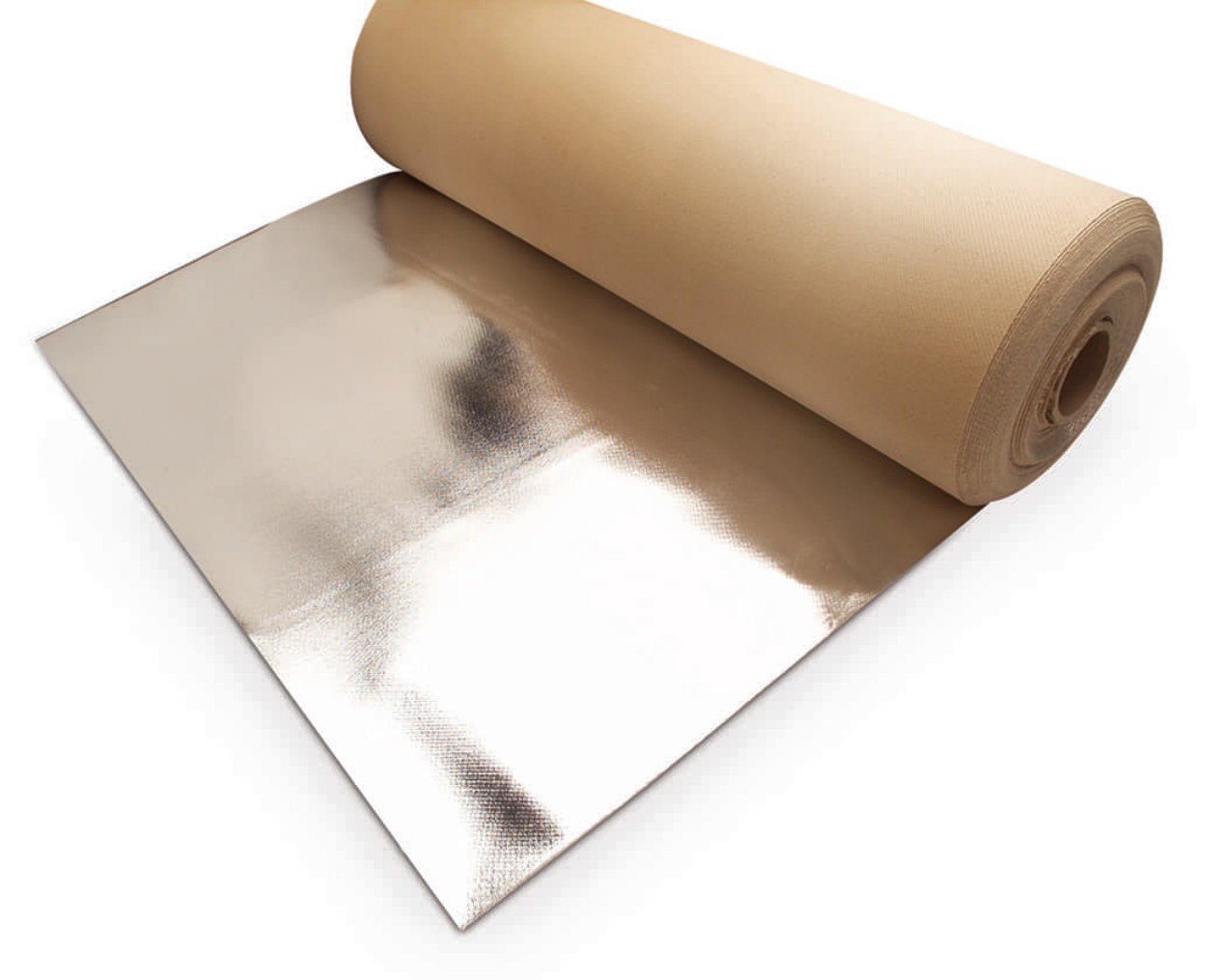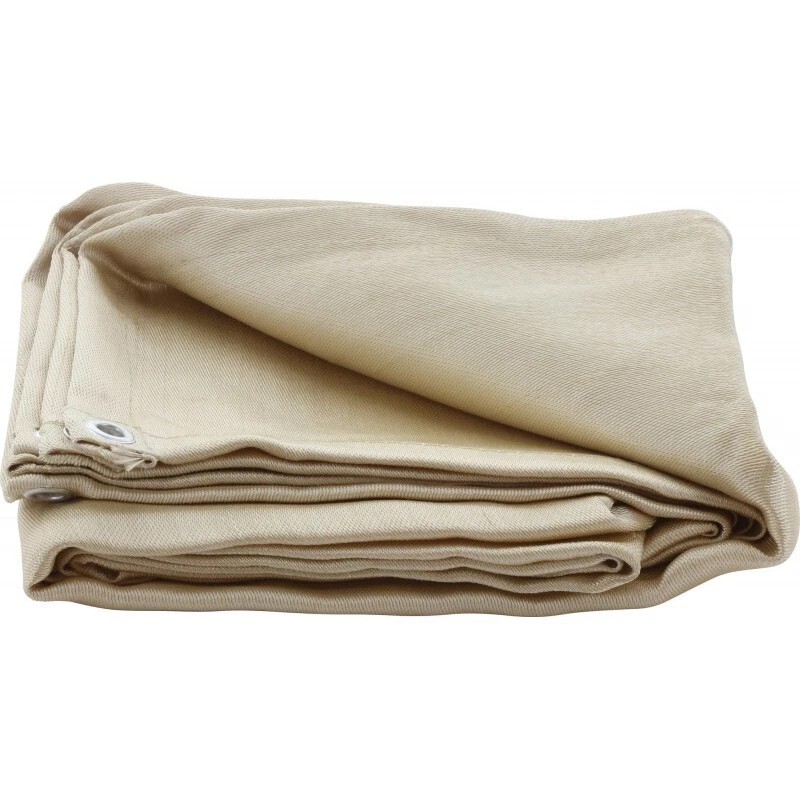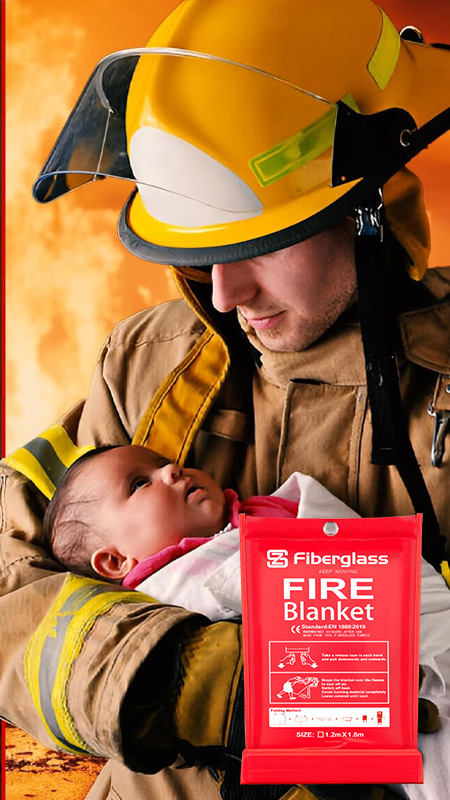Uncoated Fiberglass Welding Blanket: Safety & Protection Guide
This guide explains uncoated fiberglass welding blankets - their heat resistance, applications, safety benefits, and proper usage. Learn how they protect against sparks and molten metal in welding environments.
What Is an Uncoated Fiberglass Welding Blanket?
An uncoated fiberglass welding blanket is a protective safety tool made from woven fiberglass without additional chemical coatings. These blankets withstand temperatures up to 1000°F (538°C) and provide excellent protection against welding sparks, slag, and molten metal splatter.
Key Features of Uncoated Fiberglass Welding Blankets
Uncoated fiberglass welding blankets offer several important features:
- High temperature resistance- Can handle direct exposure to welding sparks and brief contact with molten metal
- Flexibility- Easily drapes over uneven surfaces and equipment
- Breathability- Allows heat to dissipate while providing protection
- Lightweight- Easy to handle and position as needed
- Durability- Resists tears and abrasion from regular use
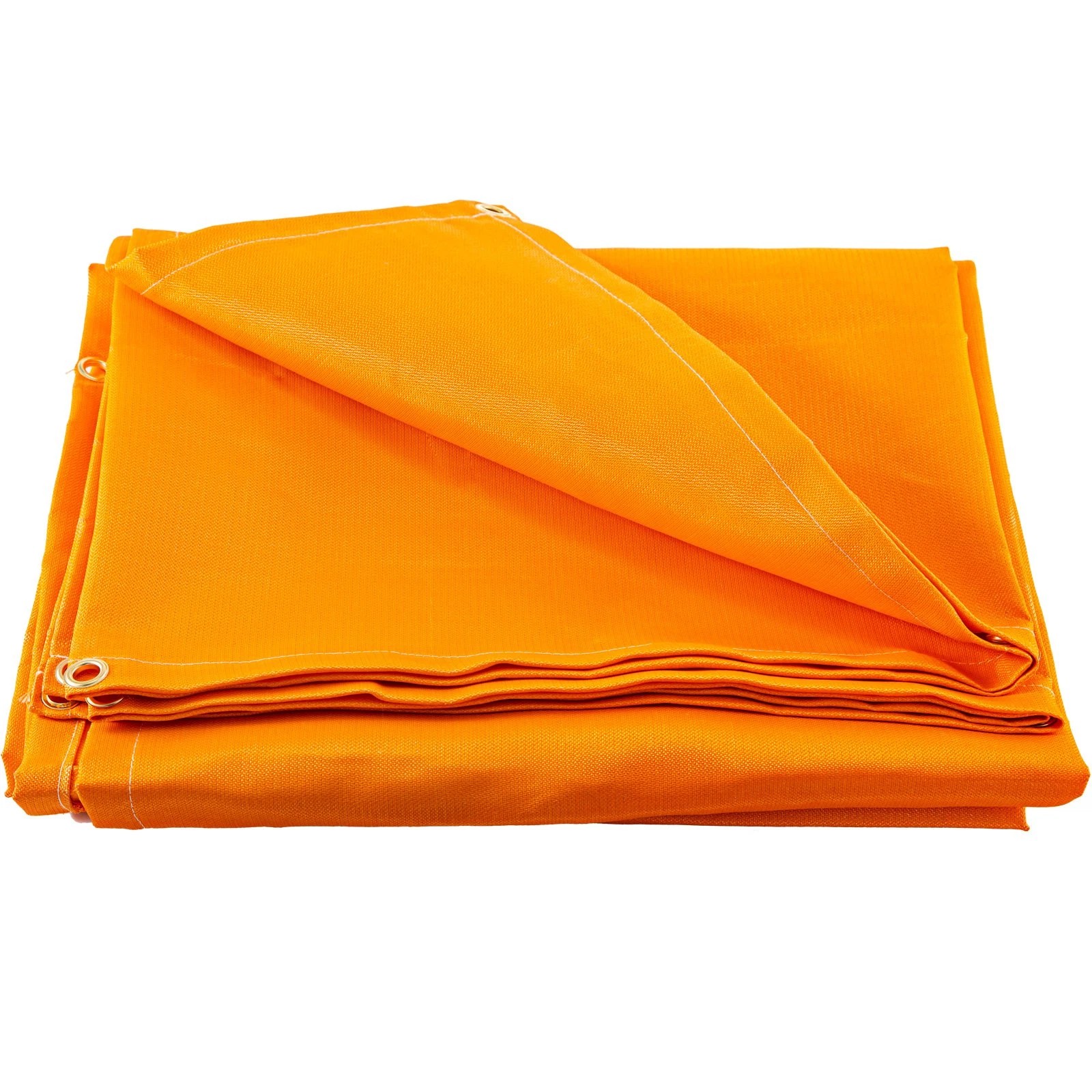
Common Applications
You'll find uncoated fiberglass welding blankets used in various situations:
- Protecting floors and work surfaces from welding sparks
- Covering nearby equipment that can't be moved
- Creating temporary welding curtains or barriers
- Shielding flammable materials in the work area
- Protecting vehicles during auto body welding
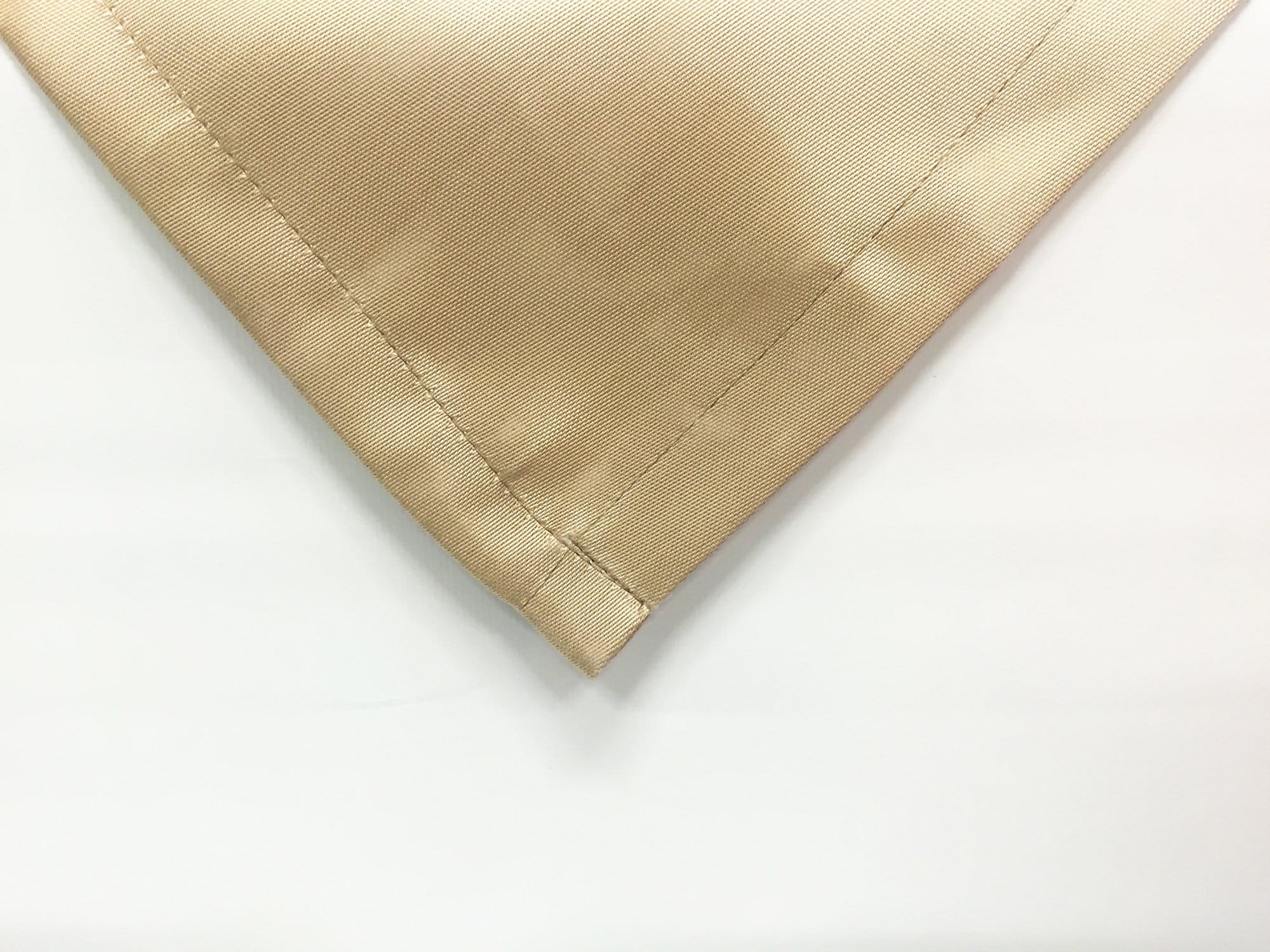
Safety Advantages
Uncoated fiberglass welding blankets provide critical safety benefits:
- Prevent fire hazards by containing sparks and hot debris
- Protect workers from accidental contact with hot surfaces
- Reduce risk of burns from flying molten metal
- Help maintain a cleaner, safer work environment
- Comply with workplace safety regulations for hot work
Proper Use and Maintenance
To get the most from your uncoated fiberglass welding blanket:
- Inspect regularly for tears or excessive wear
- Clean by shaking or using compressed air - avoid washing
- Store flat or rolled when not in use
- Replace when fiberglass strands become loose or damaged
- Use appropriate personal protection when handling used blankets
Choosing the Right Blanket
Consider these factors when selecting an uncoated fiberglass welding blanket:
- Size- Measure your work area to ensure proper coverage
- Thickness- Thicker blankets offer more protection but are less flexible
- Weight- Heavier blankets stay in place better in windy conditions
- Color- Light colors make sparks more visible for monitoring
- Edge treatment- Look for reinforced edges for longer life
Comparison With Coated Welding Blankets
Uncoated fiberglass welding blankets differ from coated versions in several ways:
| Feature | Uncoated | Coated |
|---|---|---|
| Temperature Resistance | Up to 1000°F | Up to 2000°F |
| Flexibility | More flexible | Less flexible |
| Breathability | More breathable | Less breathable |
| Cost | Less expensive | More expensive |
Safety Precautions
While uncoated fiberglass welding blankets are safe when used properly, remember:
- Never use as personal protective equipment - always wear proper welding gear
- Avoid direct skin contact with fiberglass fibers
- Don't use near open flames or for prolonged contact with extreme heat
- Keep away from electrical hazards
- Follow all manufacturer instructions for safe use
Conclusion
An uncoated fiberglass welding blanket is an essential safety tool for any welding environment. It provides reliable protection against sparks and heat at a reasonable cost. By choosing the right blanket and using it properly, you can significantly improve worksite safety and protect valuable equipment from welding hazards.


